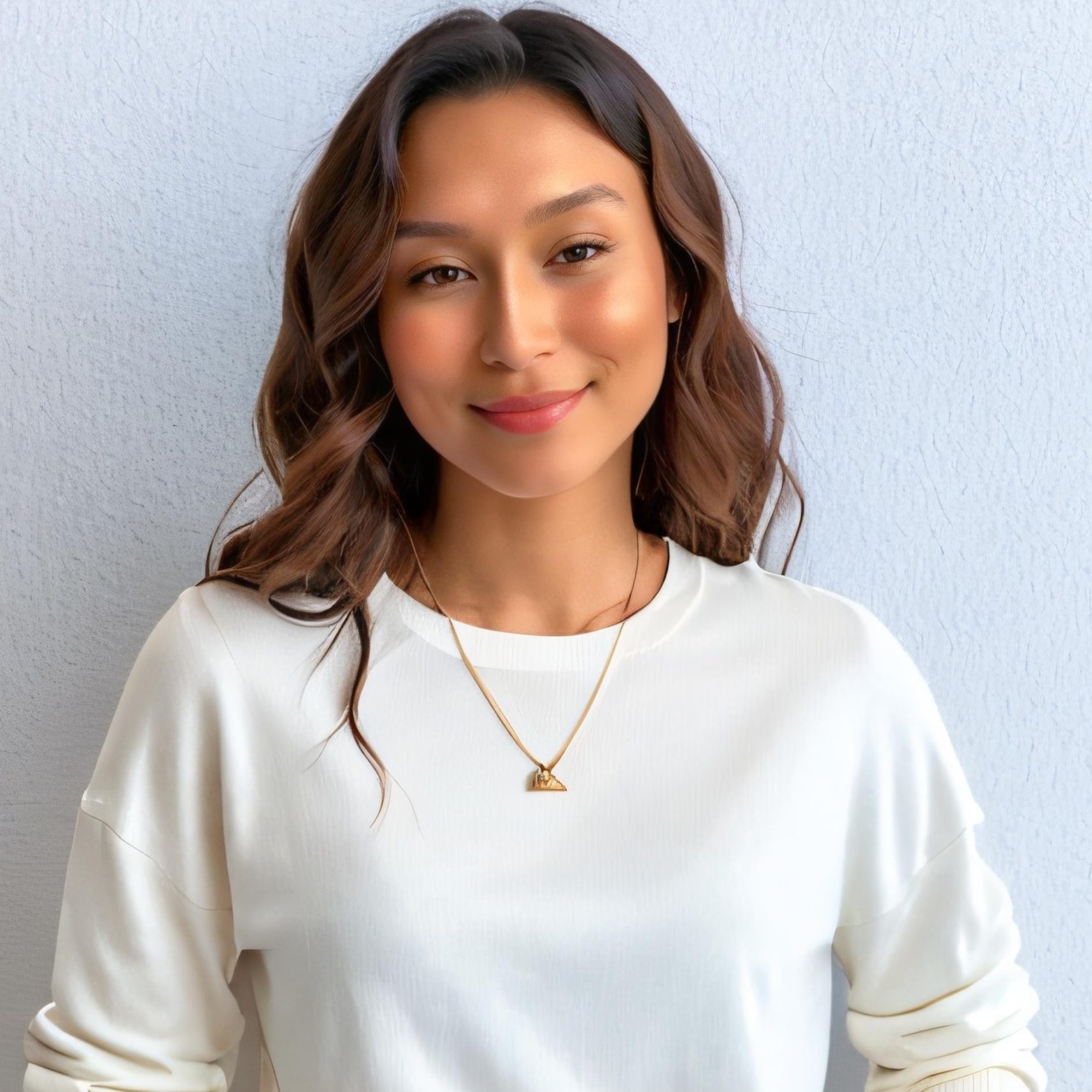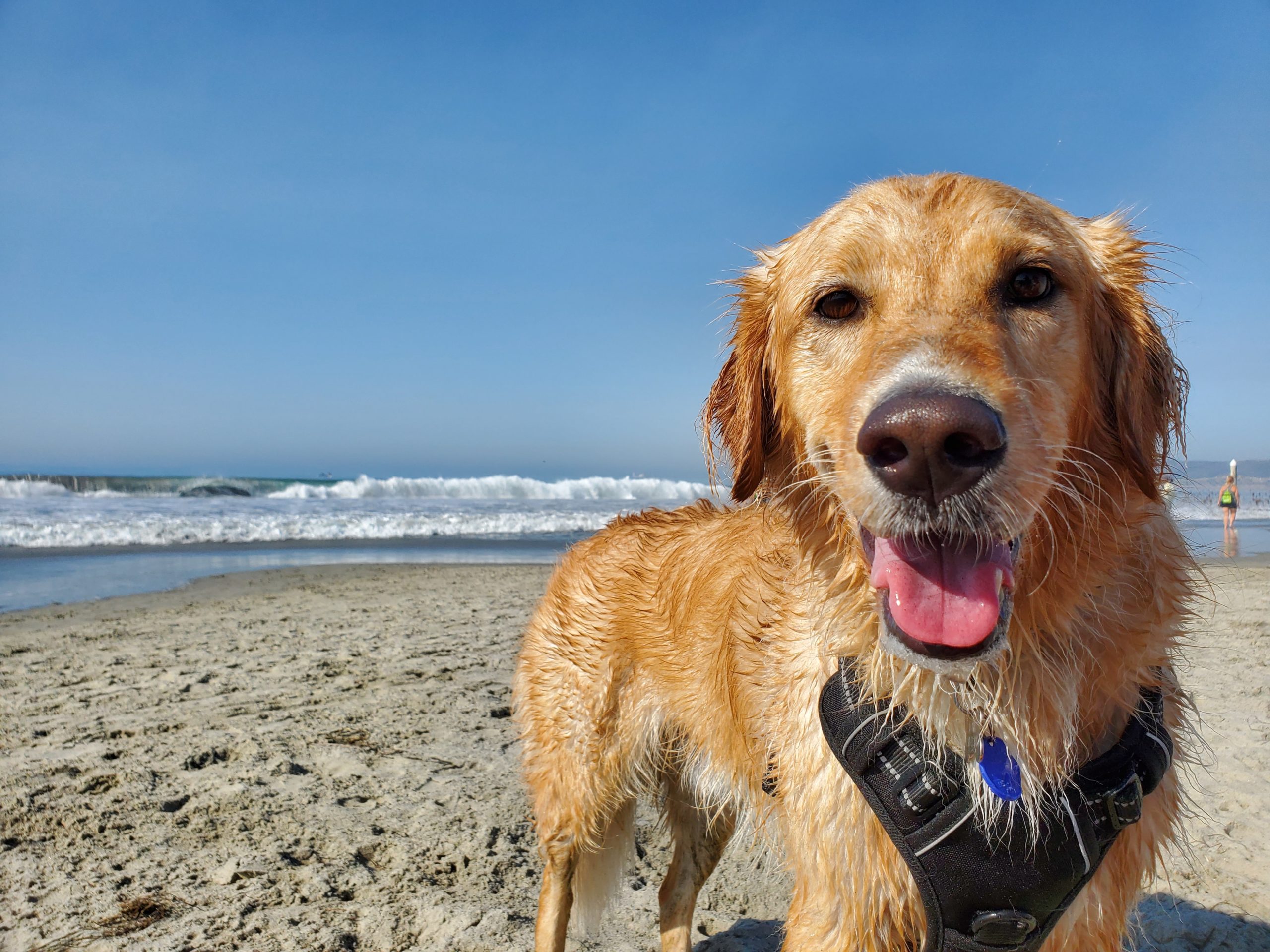Millions of people come to visit the beautiful, warm water and beaches of the Gulf. They come from other parts of the region they come from other parts of the country, and they even come from other parts of the world. There are beach towns and local parks all along southern Mississippi, Alabama, and, of course, Florida where you can enjoy a Gulf shore weekend, but among the best places to see this area in all of its natural beauty is via the Gulf Islands National Seashore.
The following is your guide to this fantastic Gulf Islands National Seashore and all it has to offer:
What & Where is the Gulf Islands National Seashore?
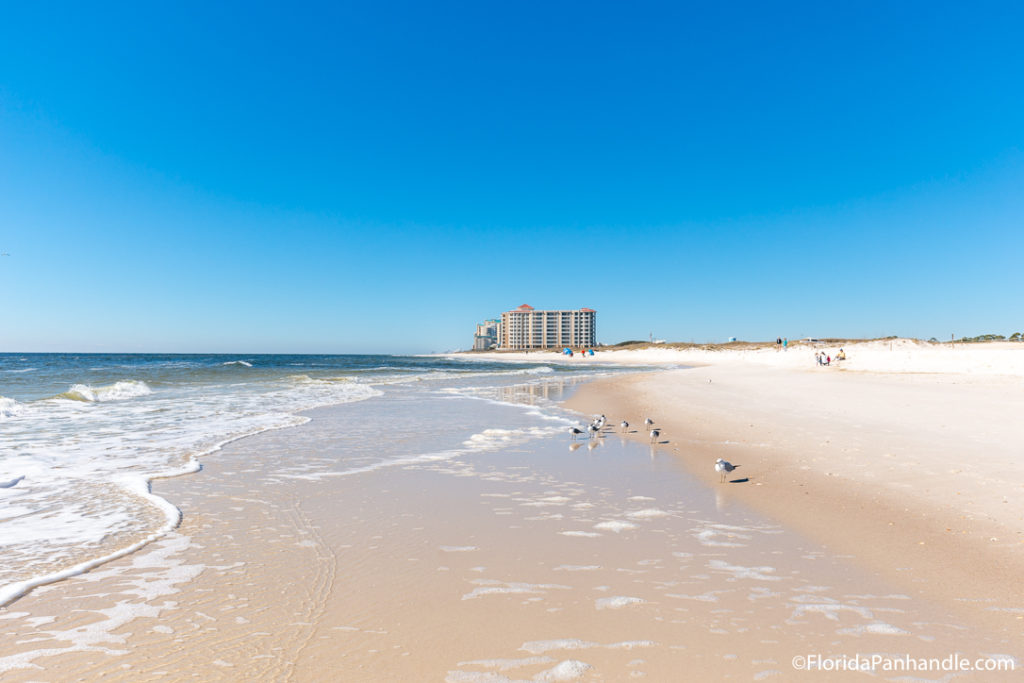
The Gulf Islands National Seashore consists of several protected areas of undeveloped land along the Gulf Coast in Mississippi and Florida. While a little part of Alabama does exist between Florida and Mississippi, that state does not have any areas included. Most of the Gulf Islands National Seashore are islands situated just offshore and readily accessible by kayak and other watercraft.
The principal islands that are a part of the Gulf Islands National Seashore include:
- Santa Rosa Island (Florida)
- Perdido Key (Florida)
- Petit Bois Island (Mississippi)
- West Petito Bois Island, also known as Sand Island (Mississippi)
- Horn Island (Mississippi)
- East Ship Island (Mississippi)
- West Ship Island (Mississippi)
- Cat Island (Mississippi)
What is a Brief History of This National Park?
Gulf Islands National Seashore was established in 1971 and encompasses a series of barrier islands along the Gulf of Mexico’s Florida and Mississippi coasts. Its history is intertwined with Native American settlements and European exploration, and it witnessed significant naval engagements during the Civil War.
The seashore offers a glimpse into the region’s natural and cultural heritage. Over the years, efforts have been made to preserve this unique coastal ecosystem and its historical significance from conservation programs focusing on the habitats to visitor education initiatives.
Are There Places I Can Drive Through the Gulf Islands National Seashore?

Much of the protected area of this park is located offshore in the form of those aforementioned islands. However, there are some parts of the Gulf Islands National Seashore that you can drive up to on the mainland. These drive-up locations include three visitors, two of which are in Florida and the third in Mississippi:
- Fort Barrancas Visitor Center is located near Pensacola, Florida
- Fort Pickens Discovery Center, located near Pensacola Beach, Florida
- William M. Comer Visitor Center for the Davis Bayou Area, located near Ocean Springs, Mississippi.
There are also a couple of beach areas that have road and multi-use trail access. These areas include Opal Beach (an isthmus stretch between Pensacola Beach and Santa Rosa Island), the bayfront part on Okaloosa Island, and the eastern end of Perdido Key.
How Much Does It Cost to Visit the Gulf Islands National Seashore?
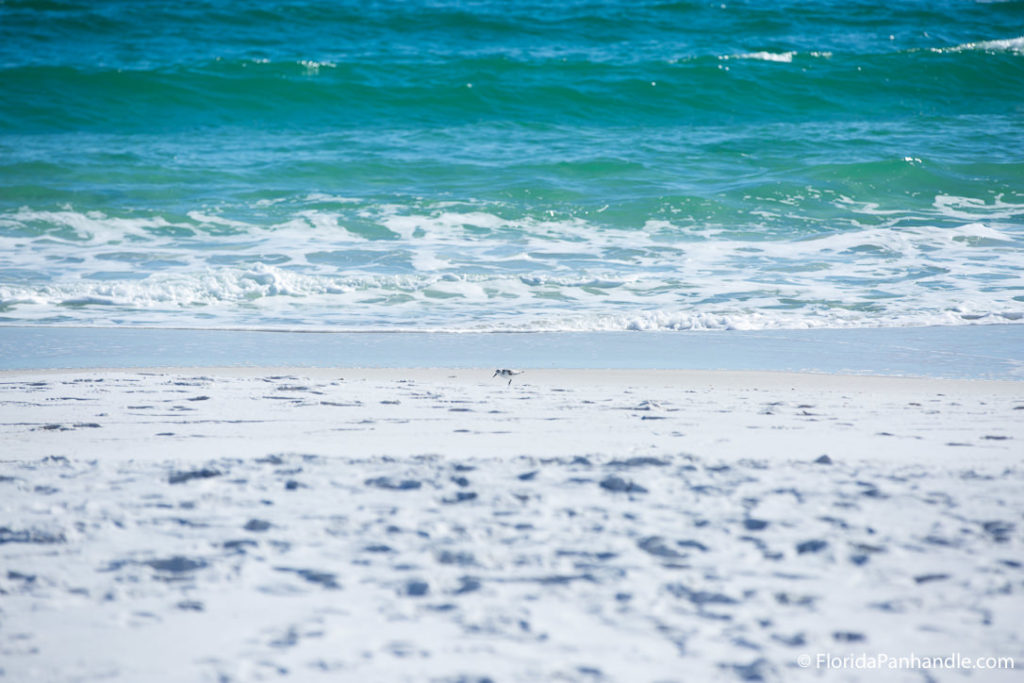
While there aren’t any fees specifically tied to the barrier islands that are a part of the Gulf Islands National Seashore (although getting to them is likely to require some sort of payment to a private charter or rental outfit), most of the park’s areas on the mainland will have associated fees. The good news is that once you purchase an entrance pass to any of the places requiring one for the Gulf Islands National Seashore, you get extended access to all areas within the Gulf Islands National Seashore.
Within Florida, entrance fees are collected and passes checked at the Fort Pickens Area, Opal Beach at the Santa Rosa Area, Perdido Key Area, and Okaloosa Area.
The purchase price for each pass is as follows:
- $15 per individual pedestrian, cyclist, or similar traveler
- $20 per motorcyclist traveling via their motorcycle
- $25 per four-wheeled vehicle
- $45 per annual park pass
- $25 per non-commercial vehicle with 15 or less capacity
- $15/person $45 max fee for non-commercial vehicle with 16-25 capacity
- $15/person $100 max fee for non-commercial bus/motor coach with 26+ capacity (16 years+)
- $15/person – $25, $40 max fee for commercial sedan seating up to 6 passengers
- $40 for commercial van with 15-25 capacity
- $40 for commercial mini bus with 16-25 capacity
- $100 for commercial motor coach with 26+ capacity
These passes are good for up to seven days and, again, can be bought at any of the fee locations and used at any other fee location. You can also purchase online here.
Can you swim at Gulf Islands National Seashore?
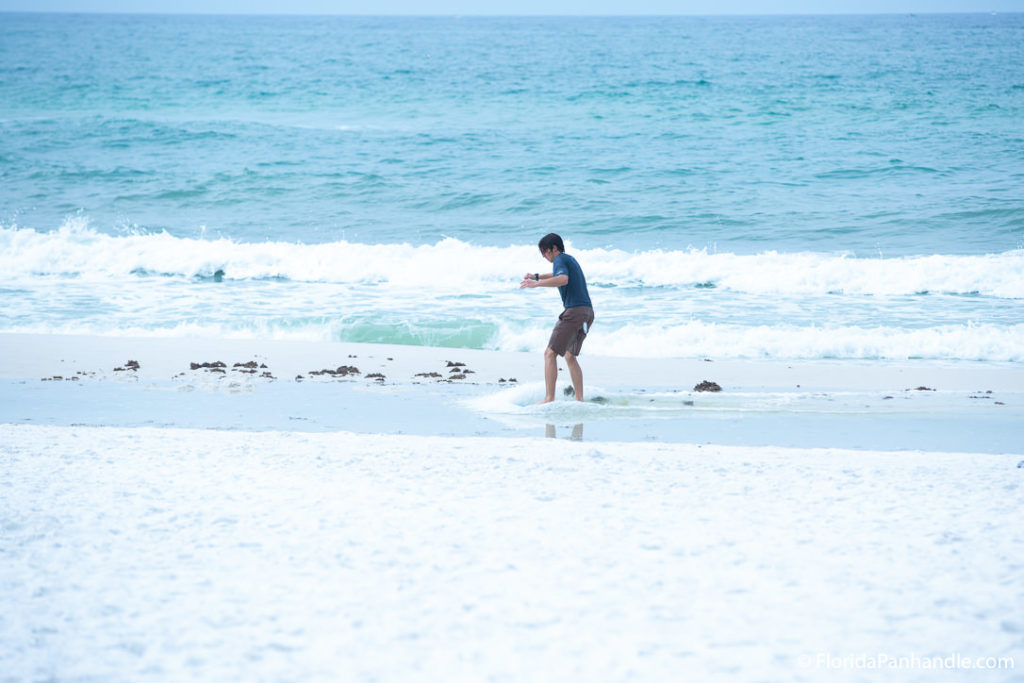
Absolutely! Swimming at the beaches of the Gulf Islands National Seashore is the most popular activity across its protected areas. The beaches at Okaloosa, Perdido Key, and Santa Rosa are especially popular for swimming thanks to their featuring soft sandy bottoms paired with beautiful white sandy beaches to relax at, as well as the generally clear blue waters of the Gulf to swim in.
What Other Activities Are Popular at the Gulf Islands National Seashore?
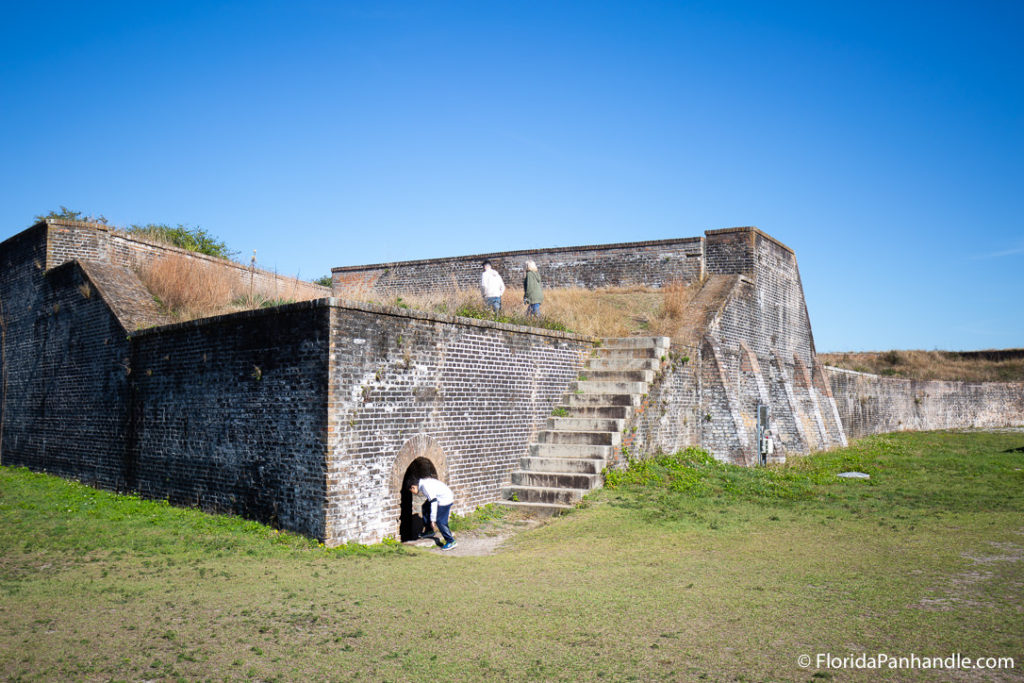
There are a lot of fantastic activities to enjoy and partake in across the Gulf Islands National Seashore. Such activities include:
Wildlife Watching
You can go just about anywhere on Florida’s gulf coast to enjoy beautiful water and beaches, but not all areas are kept as pristine in their natural form as those within this protected designation. Here, emphasis has been placed on conservation and that has resulted in the protection of special ecosystems. These are places where ospreys and great blue herons frequently soar overhead as sea turtles, dolphins, and other marine life frolic in the water.
History Exploring
Did you notice that two of the visitor centers included fort names? That’s because Gulf Islands National Seashore incorporates three historic forts, two of which lie within Florida. Fort Pickens and Fort Barrancas are both within the greater Pensacola area and offer a unique glimpse into what pre-statehood Florida looked and felt like. There are also other non-military sites to explore, like the historic Sand Island Lighthouse which is a part of the Mississippi collection of Gulf Island National Seashore sites.
Camping
Extend your stay at the Gulf Islands National Seashore by making your visit a camping one. Those who enjoy more facility-friendly campgrounds have two options to choose from: An established campground at Fork Pickens in Pensacola Beach and an established campground at Davis Bayou in Mississippi. Both of these feature electricity and water at each site as well as full bathrooms and other amenities.
There is also a myriad of options for those who prefer to camp away from crowds. At least if you have a boat. Boat-in backcountry camping is allowed in designated parts of the Perdido Key Area, Petit Bois, West Petit Bois, Horn Islands, and Cat Island. There are no fees associated with backcountry camping, but there are rules and certain stipulations that must be followed, such as a maximum 14-day rule and that all sites must be accessed by boat, not by foot, bike, or other land means — even for those sites where that would be possible (ie Perdido Key)
